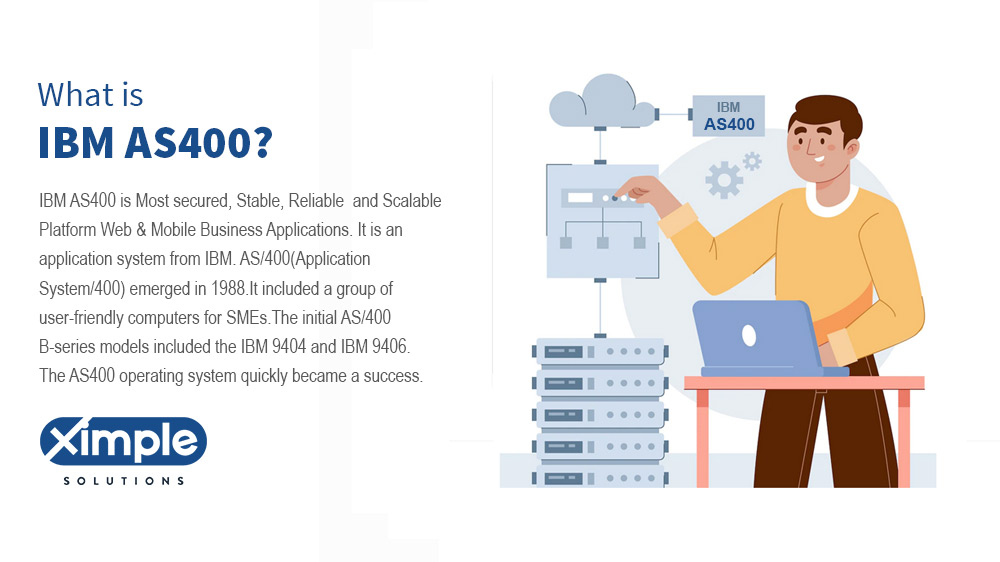What is AS400?
This article about AS400 provides an overview of the history of the platform, its characteristics, who still uses it, why companies still use it, its pros and cons, integrated web services, top facts about IBM AS/400, new uses of the iSeries AS/400, and answers to frequently asked questions. The article concludes that the IBM i […]
Read More



